The rise of Dolby Atmos Music has been one of the most significant developments in the audio industry over the past few years. This immersive audio format, originally designed for cinema, has found a new home in music, offering listeners a three-dimensional sound experience that traditional stereo cannot match. However, despite its growing popularity, the adoption of Dolby Atmos Music-capable devices remains a mixed bag, with varying levels of penetration across different markets and consumer segments.
The Promise of Immersive Audio
Dolby Atmos Music represents a leap forward in how we experience recorded sound. Unlike stereo, which confines audio to left and right channels, Atmos introduces height and depth, allowing sounds to move freely around the listener. This creates a more lifelike and engaging experience, whether you're listening to a symphony orchestra or a modern pop track. For artists and producers, it opens up new creative possibilities, enabling them to place instruments and vocals in a virtual space rather than being limited to a flat stereo field.
The technology has been embraced by major streaming platforms like Apple Music, Tidal, and Amazon Music, which now offer extensive libraries of Atmos-enabled tracks. This has undoubtedly helped raise awareness and demand for the format. Yet, the full potential of Dolby Atmos Music can only be realized if listeners have the right equipment to decode and reproduce it accurately.
Current State of Device Adoption
When it comes to hardware, the landscape is fragmented. High-end home theater systems with dedicated Atmos speakers have been the gold standard for experiencing the format, but these setups are expensive and require careful calibration. For the average consumer, soundbars with upward-firing drivers have become a more accessible entry point. Brands like Sonos, Samsung, and LG have released Atmos-compatible soundbars that deliver a convincing, if not perfect, immersive experience at a fraction of the cost of a full home theater system.
Headphones present another avenue for Atmos Music consumption. Many premium wireless headphones now support spatial audio processing, simulating the effect of Atmos through advanced algorithms. Apple's AirPods Pro and Max, for instance, have been heavily marketed for their Atmos capabilities, leveraging the company's tight integration between hardware and software. However, the quality of the experience can vary widely depending on the headphones and the listener's sensitivity to virtualized spatial effects.
Challenges in Mass Market Penetration
Despite these options, widespread adoption of Atmos-capable devices faces several hurdles. Cost remains a significant barrier, as even mid-range Atmos soundbars can cost several hundred dollars, putting them out of reach for budget-conscious consumers. Additionally, many users may not perceive enough of a difference between Atmos and traditional stereo to justify the investment, especially if they're listening in less-than-ideal acoustic environments.
Another issue is the lack of standardization. Not all devices labeled as "Atmos-compatible" deliver the same level of performance, leading to confusion among buyers. Some cheaper soundbars claim Atmos support but lack the necessary speaker configuration to truly reproduce object-based audio. This inconsistency risks diluting the brand's premium positioning and could lead to consumer skepticism about the format's value.
The Road Ahead for Atmos Music
Looking forward, several trends could accelerate the adoption of Dolby Atmos Music hardware. The continued growth of spatial audio content across streaming platforms will create more demand for compatible devices. At the same time, technological advancements may bring down the cost of entry-level Atmos systems, making them more accessible to mainstream audiences.
Perhaps most importantly, education will play a key role. Many consumers still don't understand what Dolby Atmos Music is or how it differs from regular stereo. Demonstrations in retail stores and clearer marketing about the benefits of immersive audio could help bridge this knowledge gap. As more people experience high-quality Atmos playback firsthand, word-of-mouth may become a powerful driver of adoption.
The music industry's embrace of the format also shows no signs of slowing down. Major artists across genres are increasingly releasing their work in Atmos, recognizing its potential to create deeper connections with listeners. This growing catalog of content will, in turn, provide more reasons for consumers to invest in Atmos-capable equipment.
Final Thoughts
While Dolby Atmos Music has made impressive strides since its introduction, the journey toward mainstream device adoption is far from over. The format represents a fundamental shift in how we consume music, but like any technological transition, it will take time for the hardware ecosystem to catch up with the creative possibilities. What's clear is that immersive audio is here to stay, and as the technology becomes more affordable and better understood, we can expect to see Dolby Atmos Music move from being a premium feature to a standard expectation among discerning listeners.
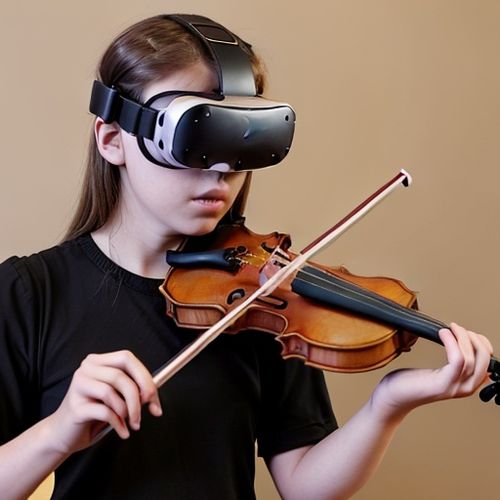
By Olivia Reed/Apr 13, 2025

By William Miller/Apr 13, 2025

By Amanda Phillips/Apr 13, 2025
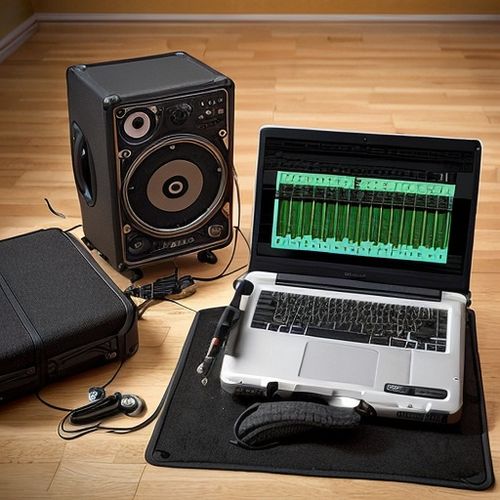
By Megan Clark/Apr 13, 2025

By Joshua Howard/Apr 13, 2025
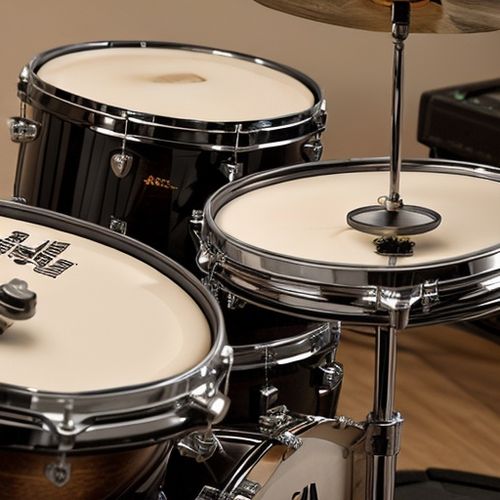
By Samuel Cooper/Apr 13, 2025

By Elizabeth Taylor/Apr 13, 2025

By Eric Ward/Apr 13, 2025
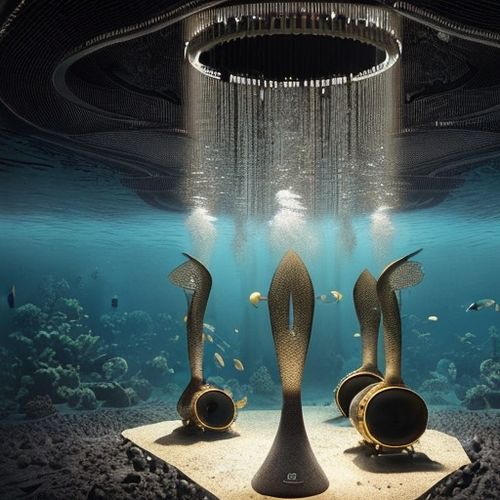
By Emma Thompson/Apr 13, 2025
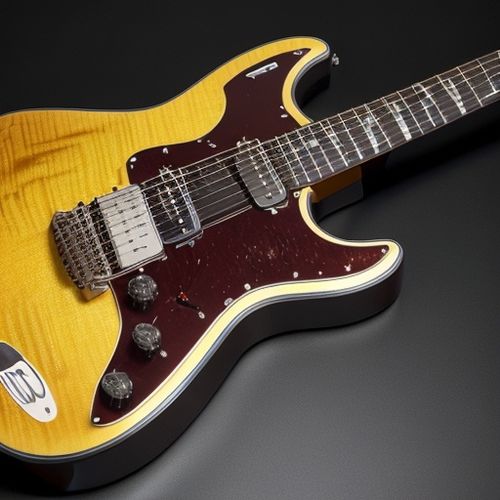
By Noah Bell/Apr 13, 2025

By Sarah Davis/Apr 13, 2025
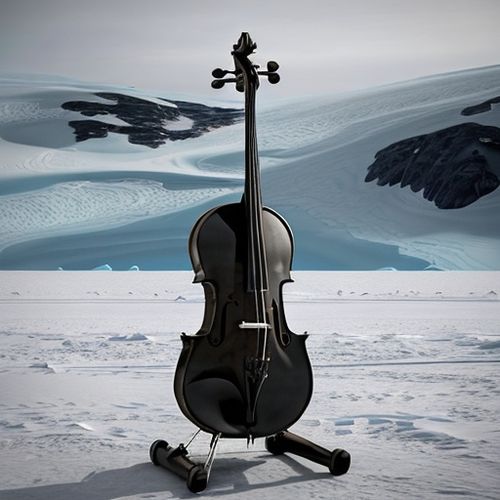
By Eric Ward/Apr 13, 2025
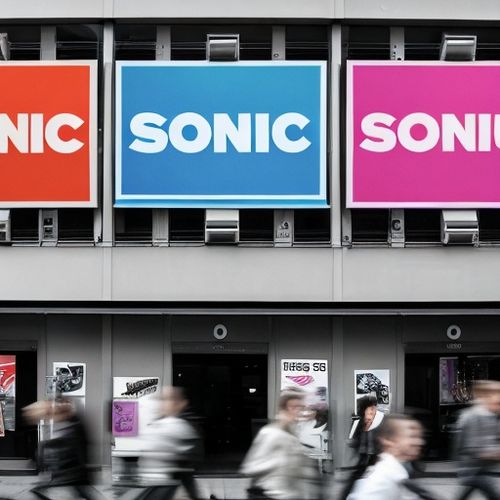
By Daniel Scott/Apr 13, 2025
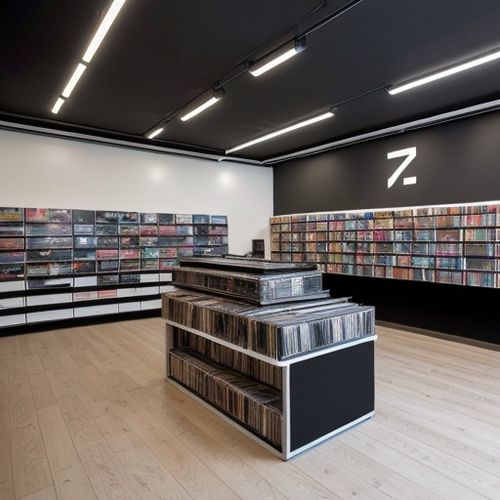
By Benjamin Evans/Apr 13, 2025

By Elizabeth Taylor/Apr 13, 2025

By Grace Cox/Apr 13, 2025
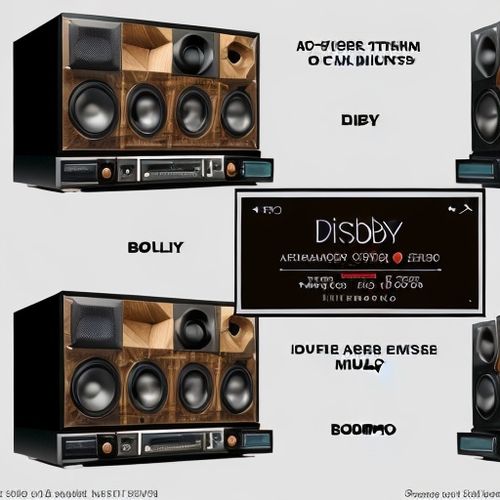
By Megan Clark/Apr 13, 2025

By Benjamin Evans/Apr 13, 2025

By Thomas Roberts/Apr 13, 2025
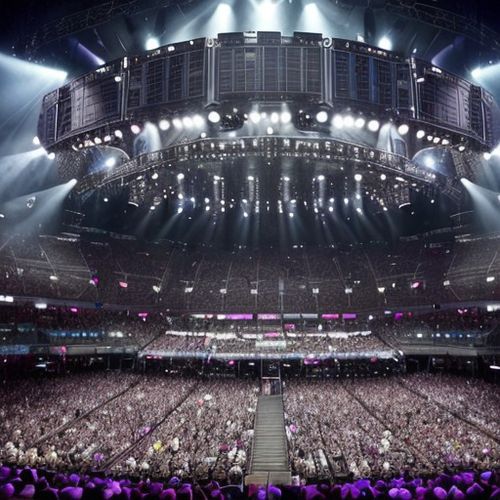
By Sarah Davis/Apr 13, 2025